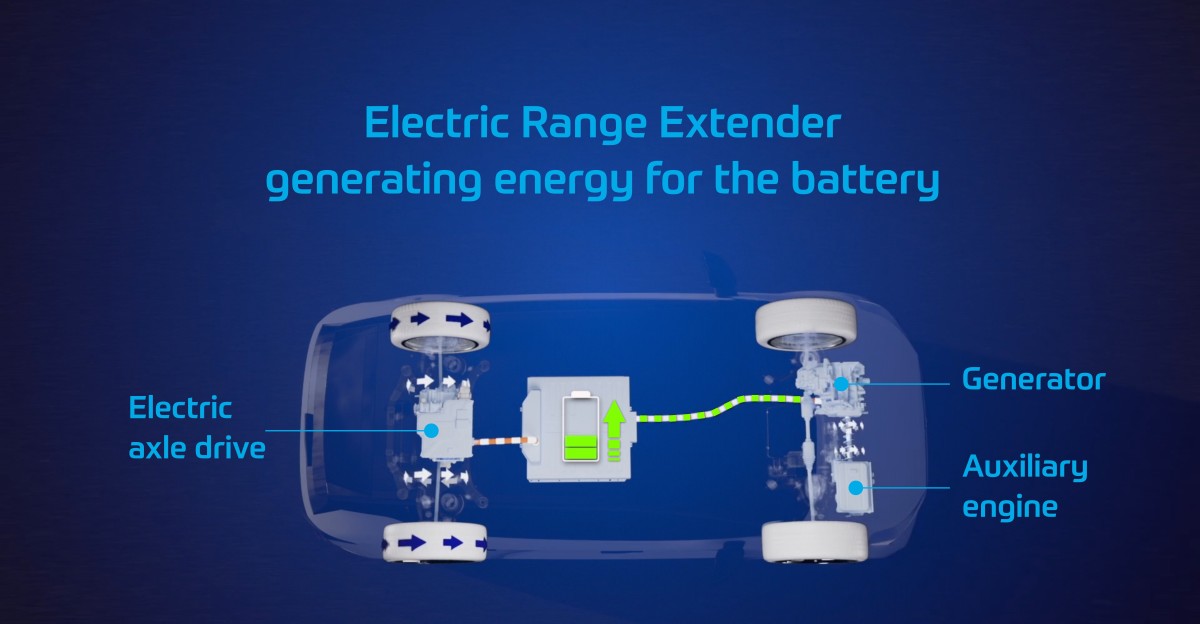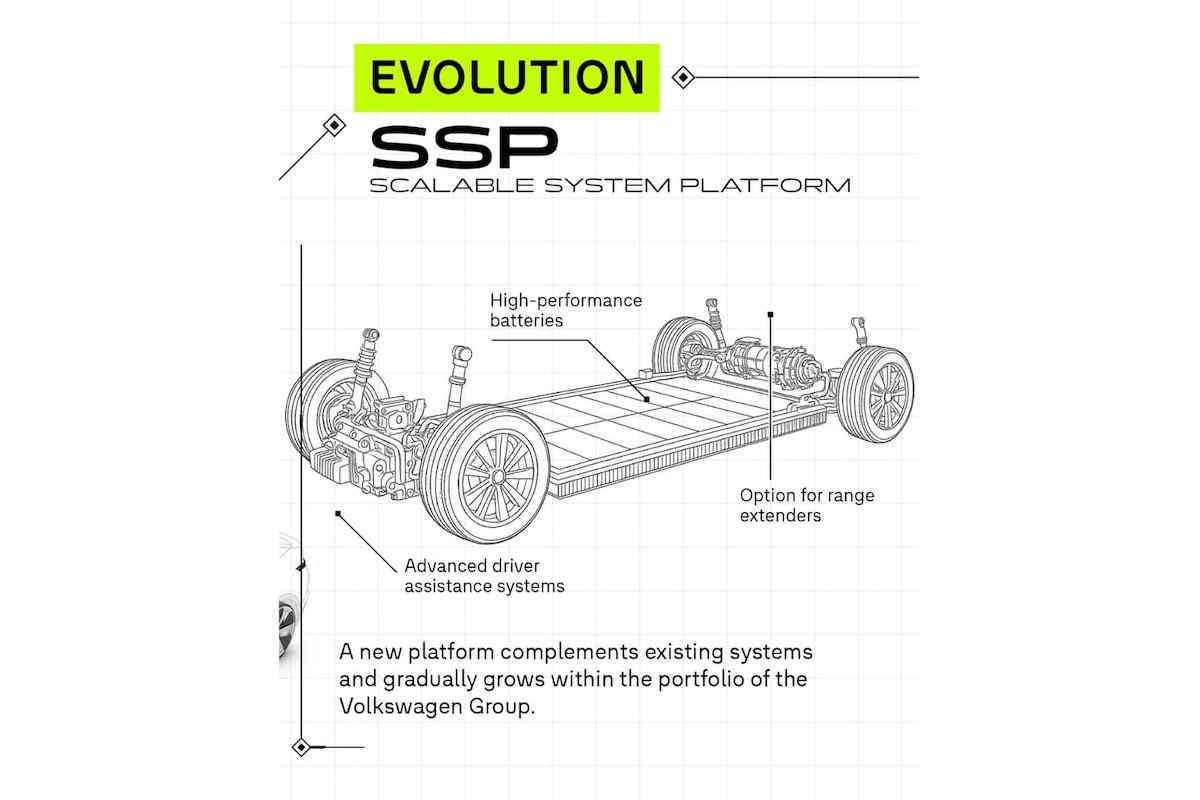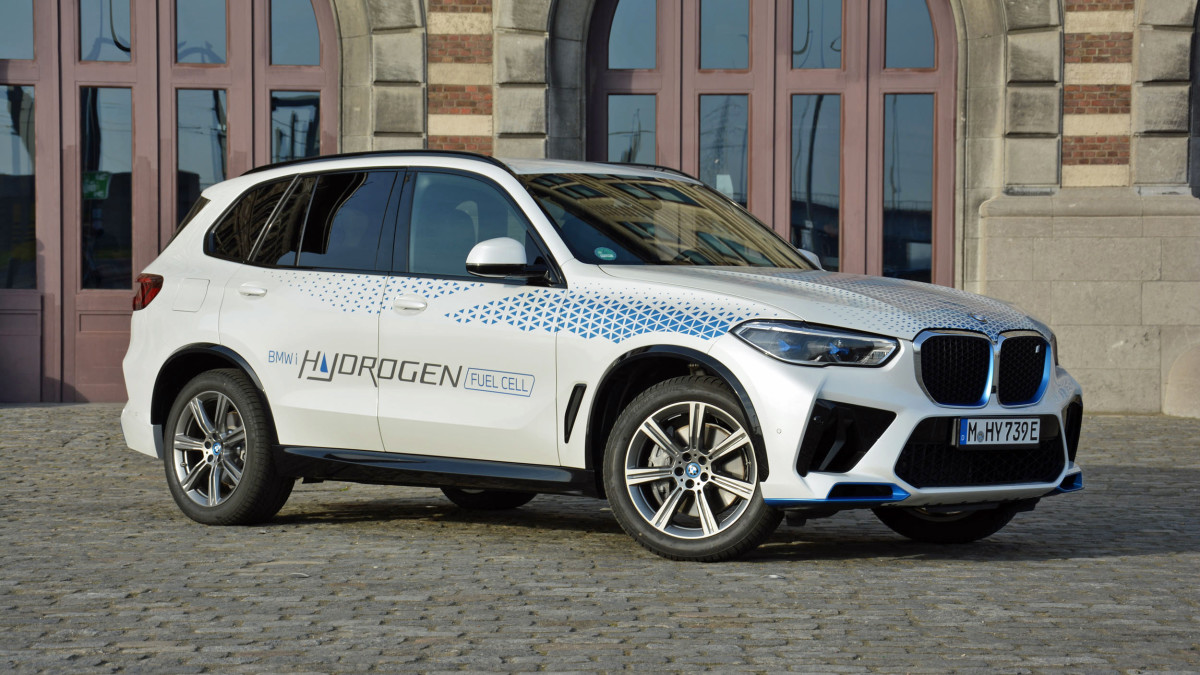As some automakers retreat from the “all-EV by 2030” battle plan, suppliers like ZF Friedrichshafen are quietly preparing smarter alternatives. Its new modular range-extender systems, dubbed eRE and eRE+, are due to enter production in 2026 — and they could help keep internal combustion alive in a way that actually makes sense.
Developed at ZF’s technical center in Shanghai and engineered for flexible, scalable integration, the eRE platforms aim to provide automakers with an easier path to longer-range electrification — especially in regions with sparse charging infrastructure or price-sensitive buyers.
ZF
How It Works
Unlike a conventional plug-in hybrid, ZF’s range-extenders never use the engine to drive the wheels. Instead, the gas engine powers a generator, which in turn charges the battery or powers an electric motor. The base eRE drives the rear wheels, while the eRE+ adds a planetary gearset, differential, and clutch to support front-wheel assist — or full four-wheel drive.
The result is a modular, software-defined drivetrain that works with either 400V or 800V vehicle architectures. The eRE produces between 94 and 148 horsepower, while the eRE+ scales to 201 hp. Carmakers supply their own engines and batteries — ZF handles the rest.
It’s a concept that echoes similar efforts across the industry. ZF’s own range-extender push has been framed as a way to extend EV range without resorting to larger, heavier batteries — a particularly useful idea in midsize crossovers, pickups, and vans where space and weight are major concerns.
Volkswagen
Others Are Thinking The Same Way
ZF isn’t alone in this line of thinking. Volkswagen recently revised its future EV platform — the Scalable Systems Platform (SSP) — to accommodate optional range extenders. While SSP was originally designed as a pure BEV solution, the company now views a generator-equipped fallback as a pragmatic “safety net” against softening EV demand. The SSP will remain electric-first, but the range-extender update shows just how much the industry’s tone has shifted.
Likewise, Scout Motors — the VW Group-owned electric off-road brand — is developing its own version of this concept. The upcoming Scout Traveler SUV and Terra pickup will be available with a “Harvester Range Extender” that promises to boost range to 500 miles. As with ZF’s eRE setup, the Harvester system uses a gasoline engine strictly as a generator, not as a means of direct propulsion.
What they all share in common is intent: extending range through smarter architecture, not just bigger batteries.

What’s Next?
ZF’s system is ready for global adoption. Manufacturing begins in 2026, with the company targeting automakers across Europe, China, and North America. BMW is reportedly trialing range-extender concepts with its iX5 hydrogen test vehicles, while other brands — particularly those not developing ground-up EV platforms — are evaluating ZF’s solution as a retrofit-friendly option.
The company previously worked on range-extender setups for London black cabs and is now investing heavily in modular, powertrain-agnostic components that help manufacturers adapt without overhauling their entire production line.
For consumers, that could mean EVs that charge less often, cost less upfront, and offer better winter performance — all without forcing a compromise on driving feel or emissions targets.
Why It Actually Matters
The EV narrative isn’t collapsing, but it is correcting. Range anxiety hasn’t gone away, and infrastructure rollouts are lagging behind adoption rates. Rather than wait for the grid to catch up, companies like ZF are finding ways to meet drivers where they are — with practical, affordable tools that bridge the gap.
Range-extenders won’t replace pure EVs or hybrids entirely, but as part of a broader strategy, they may prove to be the missing link — a smart compromise in a world that’s still figuring out how to plug in.